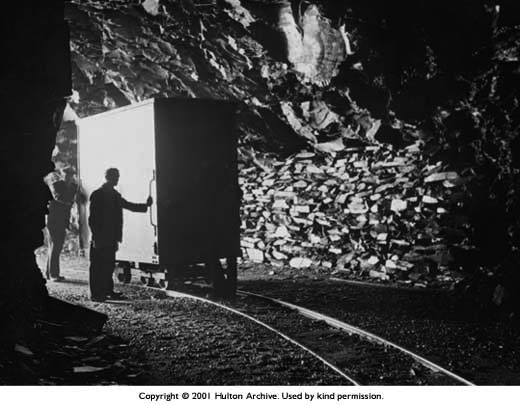On 11 May 1945, three days after the end of the war in Europe, the director of the National Gallery, Kenneth Clark, received a terse but celebratory telegram from deepest Snowdonia: “Masterpieces will arrive Saturday 12th Morning.” The author of the telegram was Martin Davies, renowned scholar of early Netherlandish art, and principal custodian of the National Gallery’s paintings during their wartime evacuation to safe underground storage. He was as good as his word. Fifty great paintings were returned to Trafalgar Square by the appointed time and date. A few days later they were put on public display in two rooms at the National Gallery – virtually the only two rooms in the building which had escaped the effects of wartime bombardment, to the extent, at least, that they still had roofs over them.
The public response to the return of the gallery’s pictures was immediate and enthusiastic. Thousands made the journey to Trafalgar Square to welcome home the nation’s masterpieces. In a broadcast transmitted by the BBC in mid-May 1945, Eric Newton, dwelling on “effect of these newly released riches on a starved nation,” could scarcely contain his exuberance. “The immediate effect is that of having been transferred to a bigger and, on the whole, a warmer world. The bigness is almost universal. The pictures give one the impression of having been painted by men in love.”
A reporter for The Observer, penning his copy at around the same time, furnished a valuable eyewitness account of the scenes inside on the first Saturday after the pictures’ return: “The gallery was full. One had almost to queue up for a glimpse of Van Eyck, who seemed to outdistance even Rembrandt and Velazquez in popularity: the Flemish and the Dutch were the great favourites… No generalisation would cover the...

The National Gallery during the Second World War
30-11-1999

